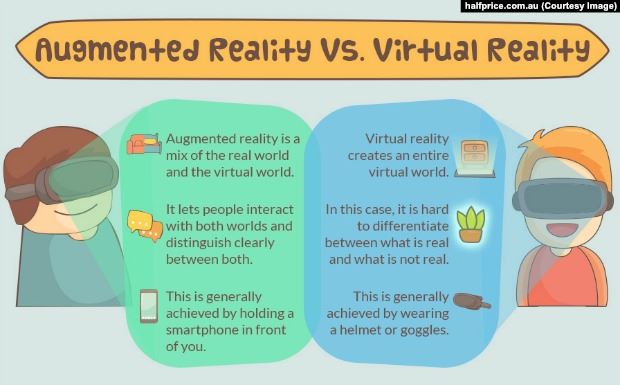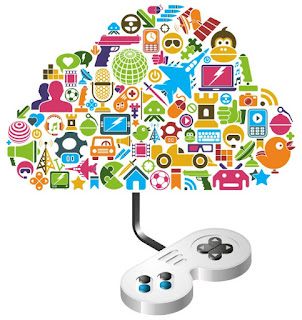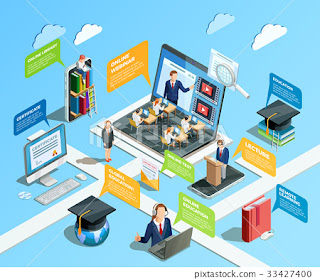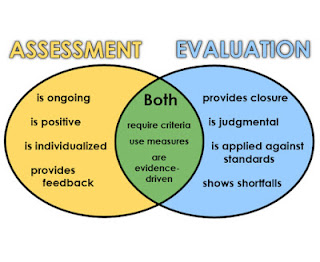Virtual Reality and Augmented Reality in Multimedia Applications (Week 10 - 7.05.2020)

Virtual Reality and Augmented Reality in Multimedia Applications · Virtual reality is the simulation of real or imagined environment that appears as three dimensional (3D) space. Artificial environment appears and feels like a real environment and allows people to explore space and manipulate the setting. · Augmented Reality i s defined as "an enhanced version of reality created by the use of technology to add digital information on an image of something." AR is used in apps for smartphones and tablets. AR apps use your phone's camera to show you a view of the real world in front of you, then put a layer of information, including text and/or images, on top of that view. What’s the Difference between AR and VR? https://www.fi.edu/difference-between-ar-vr-and-mr Video in the below link explains the difference between AR and VR clearly. https://www.youtube.com/watch?v=3mr_S5mOtsw Common properties of VR and AR Immersion:





